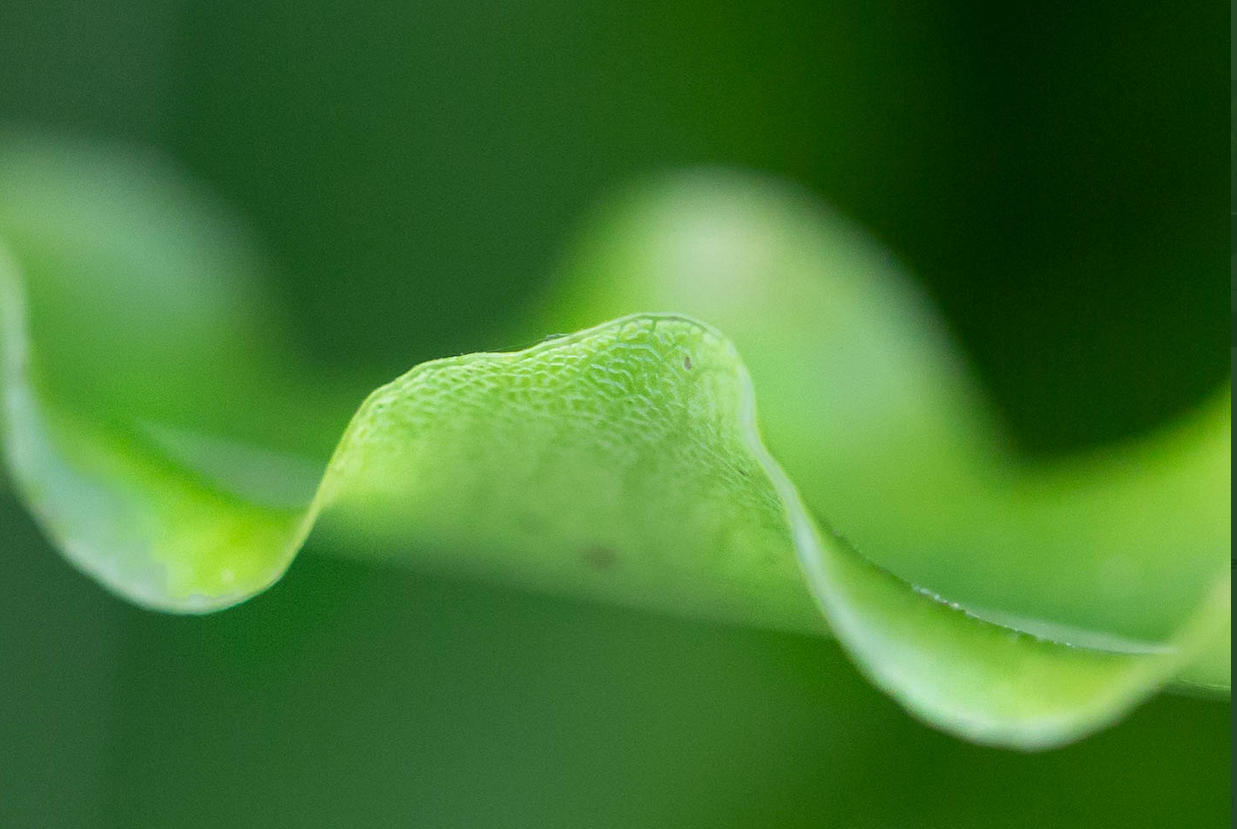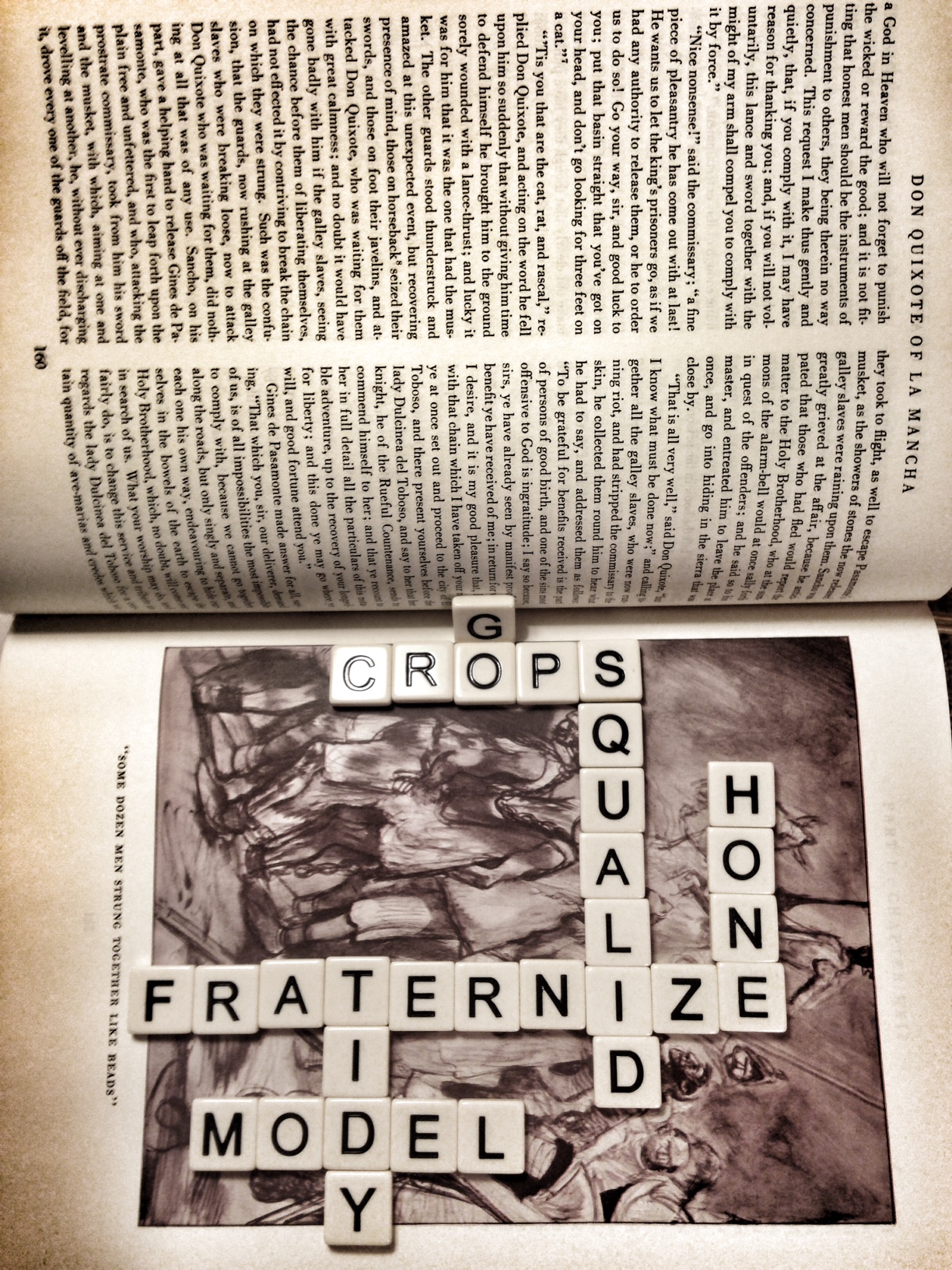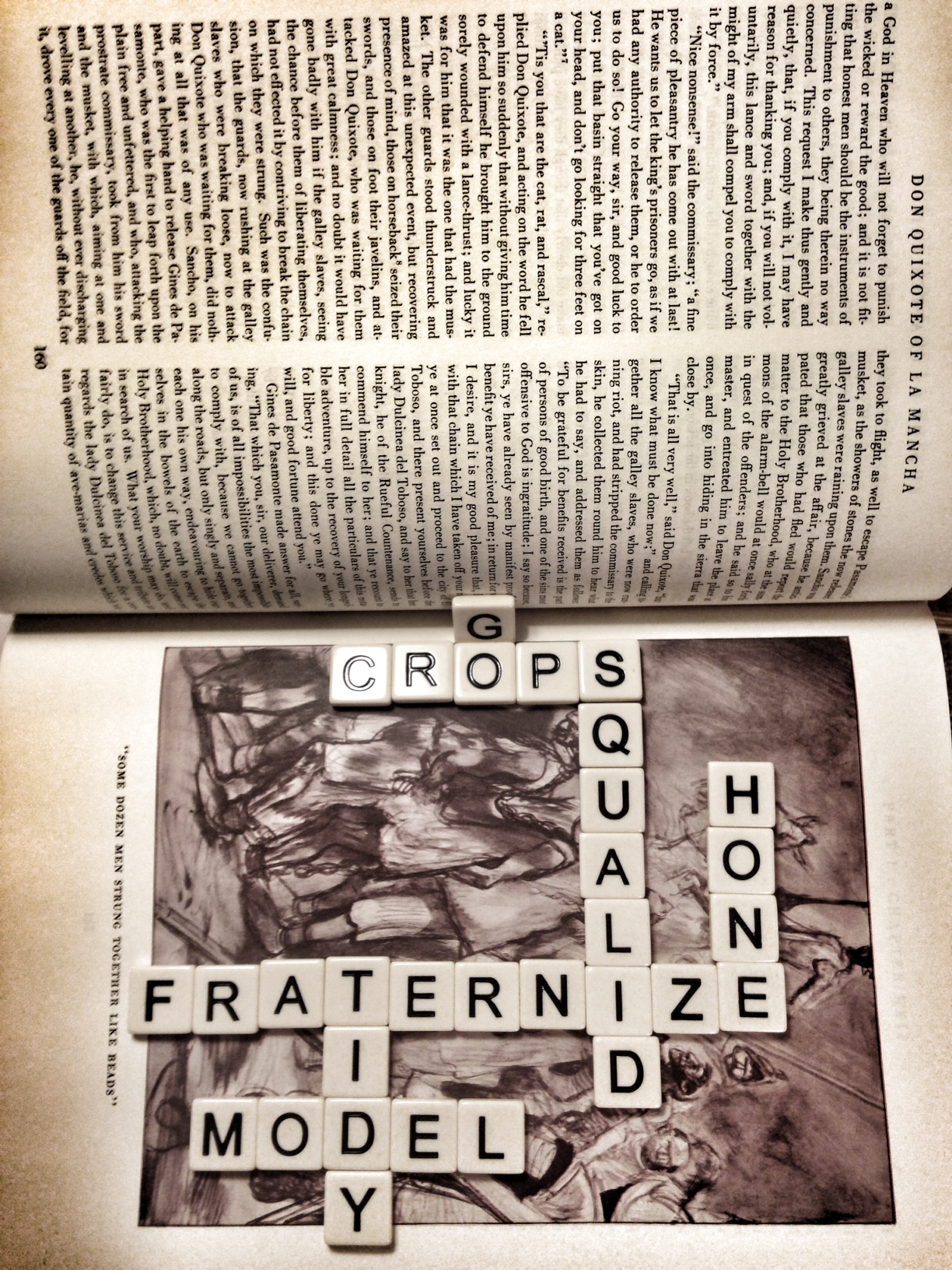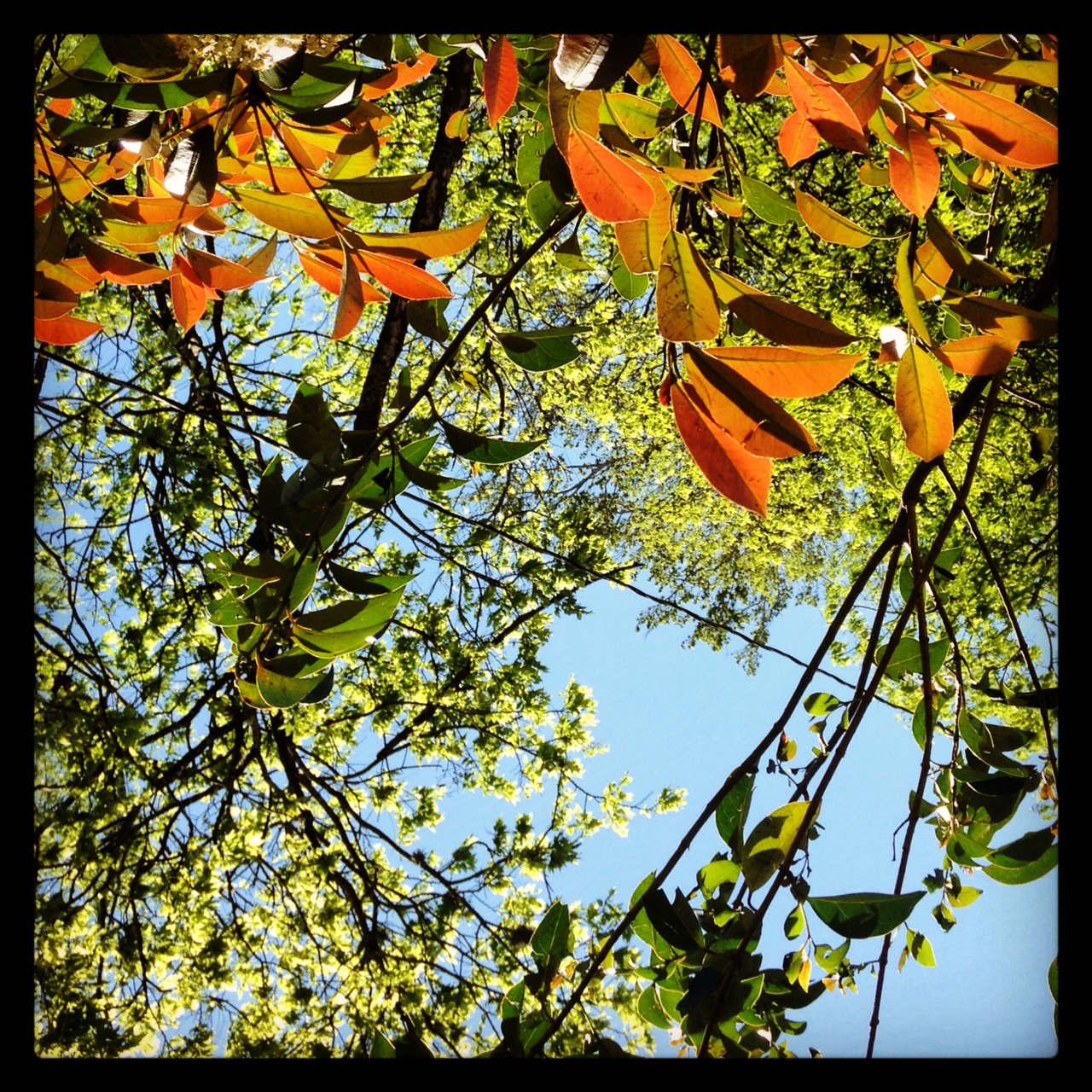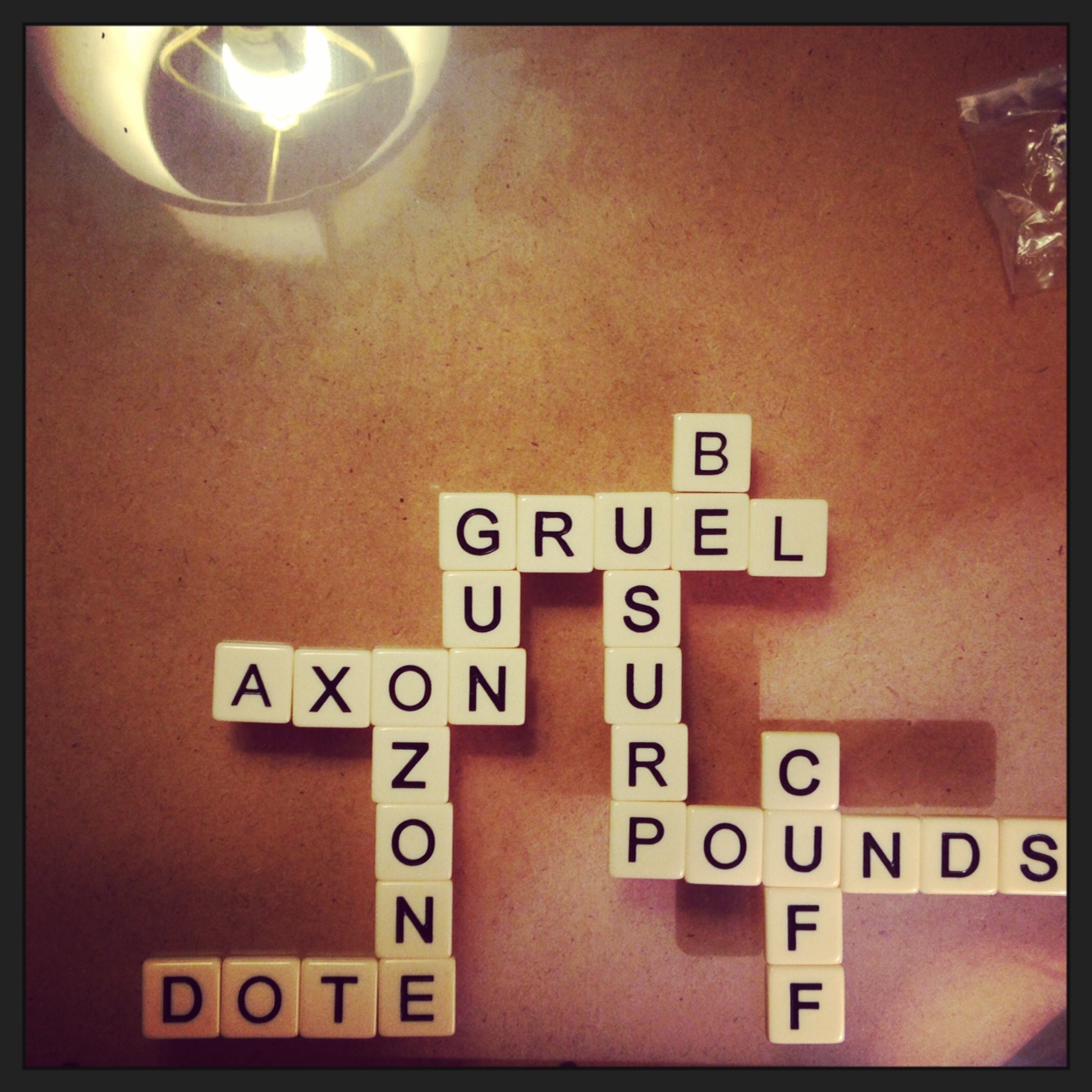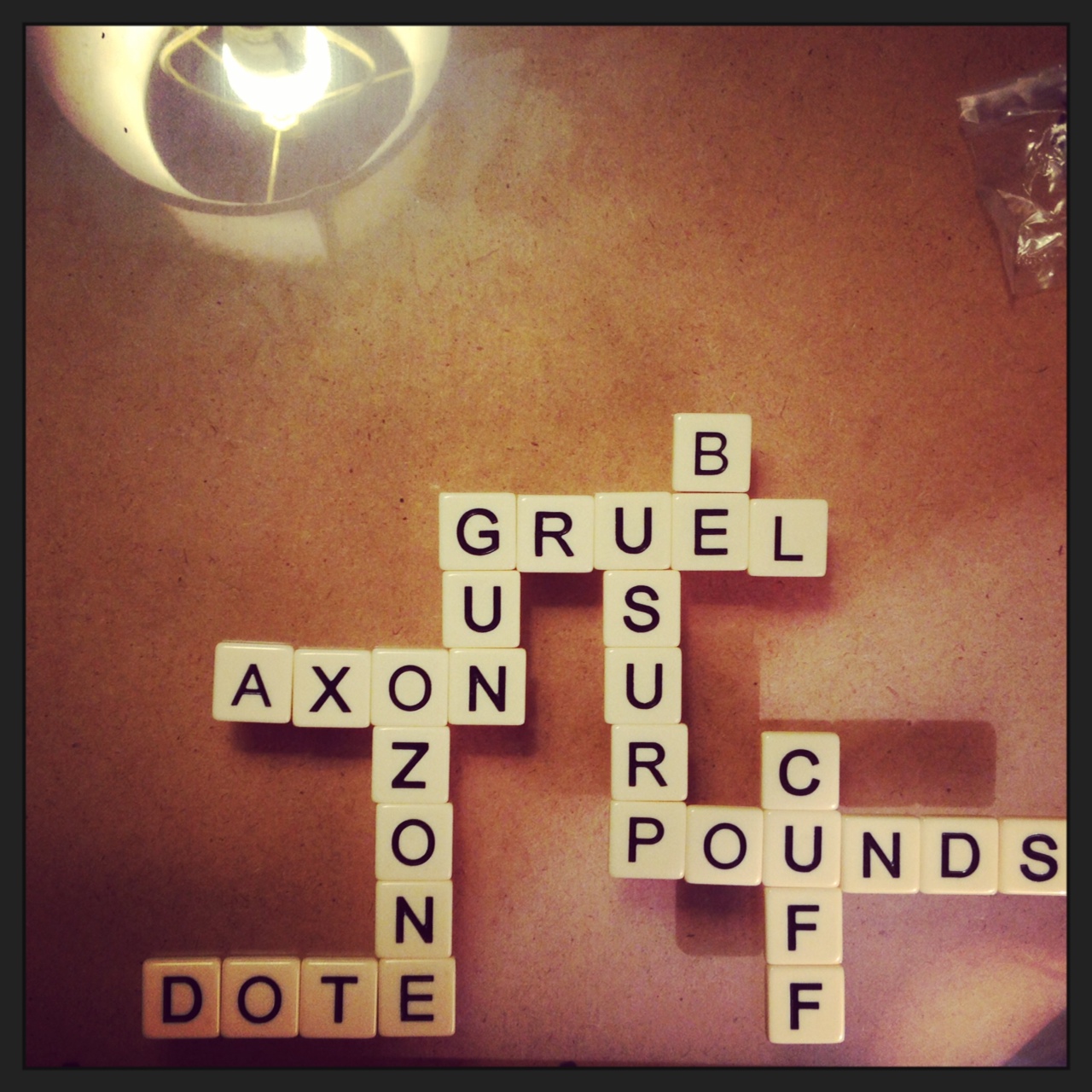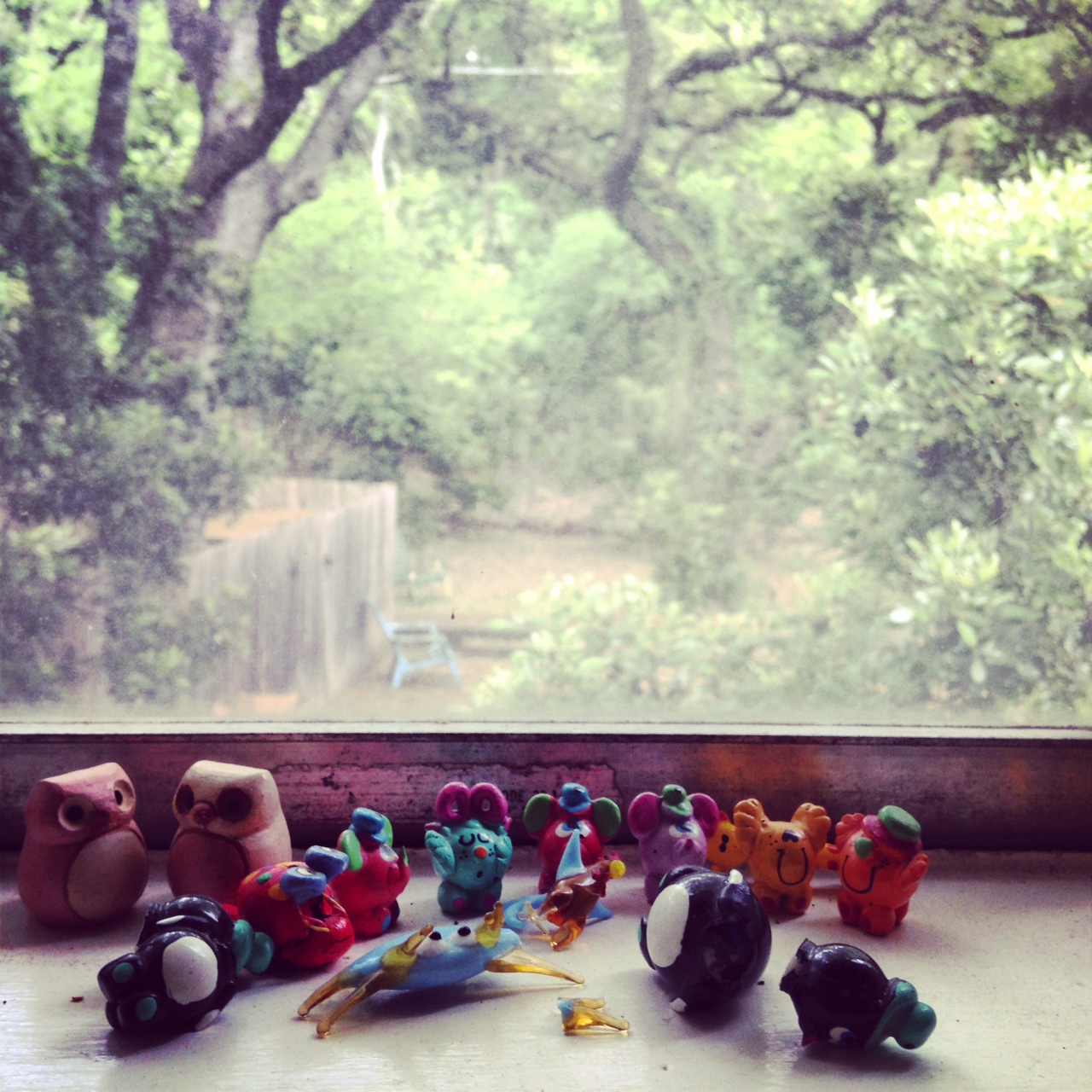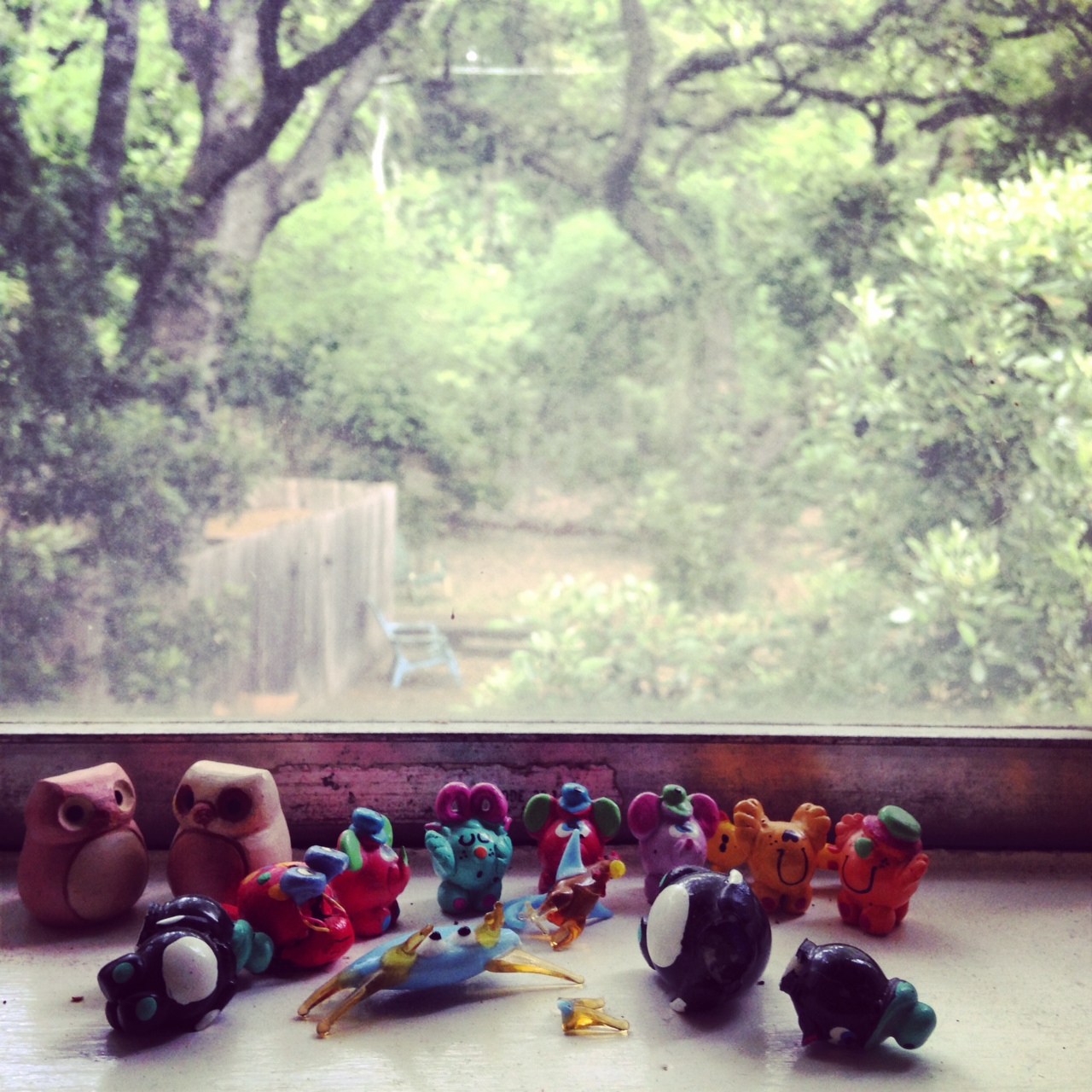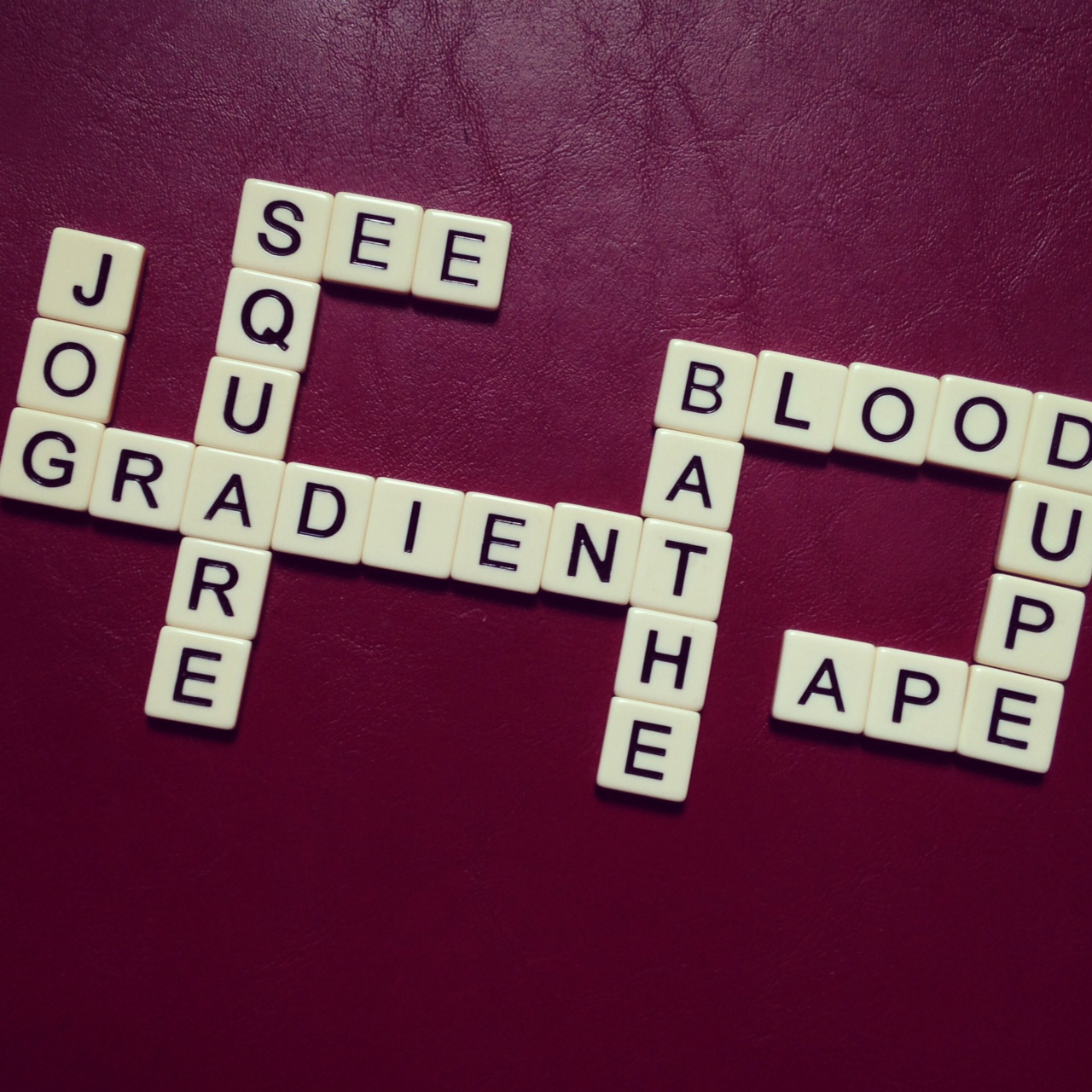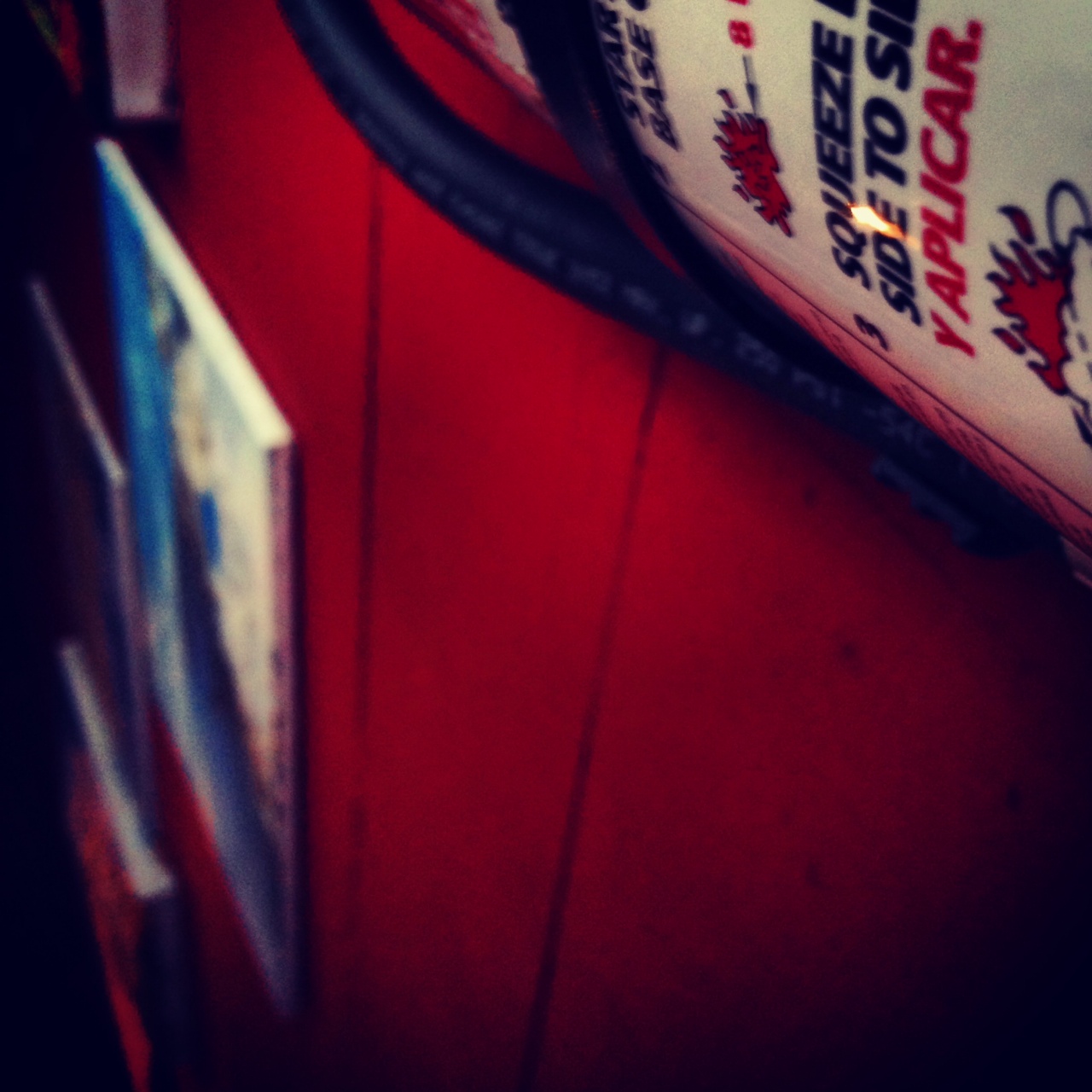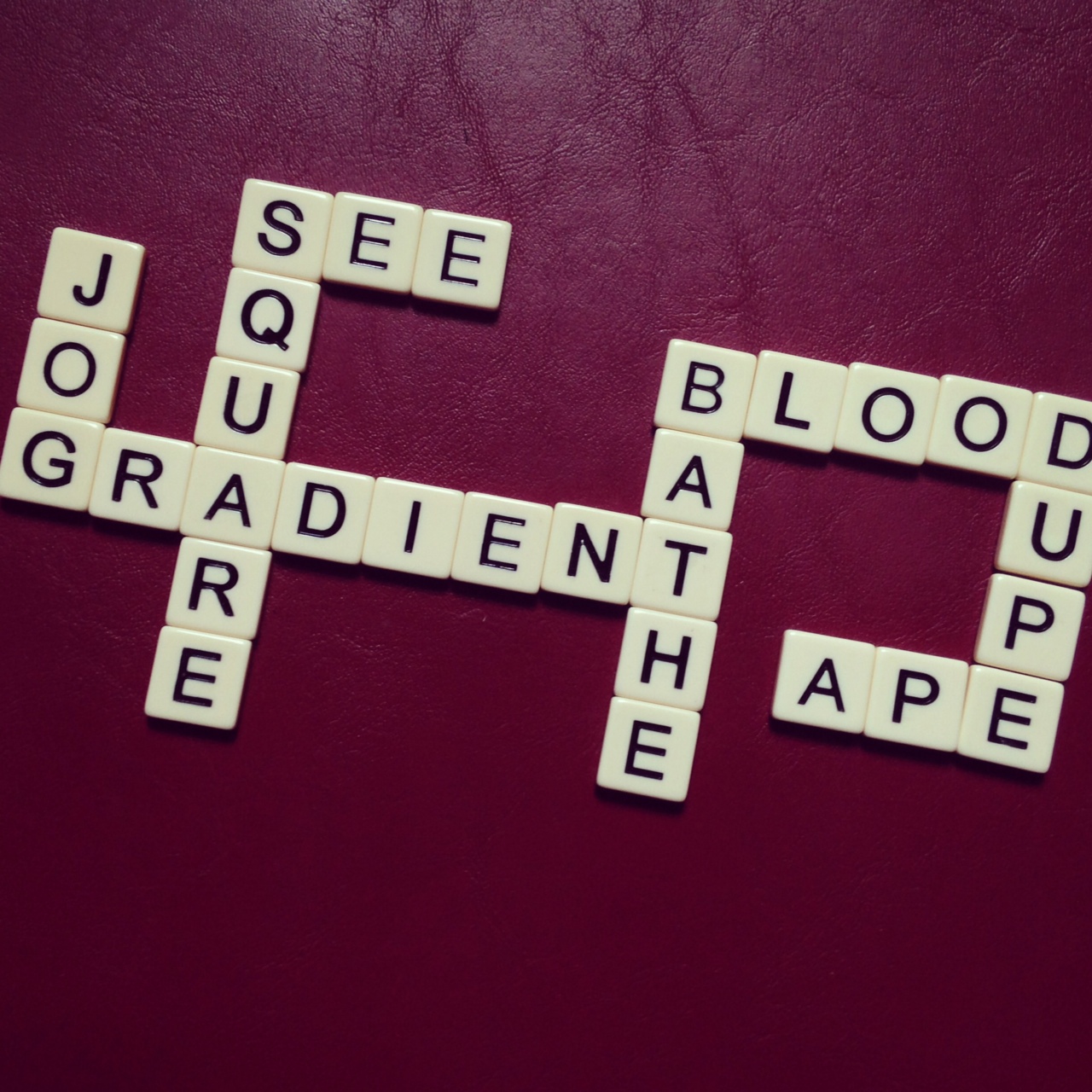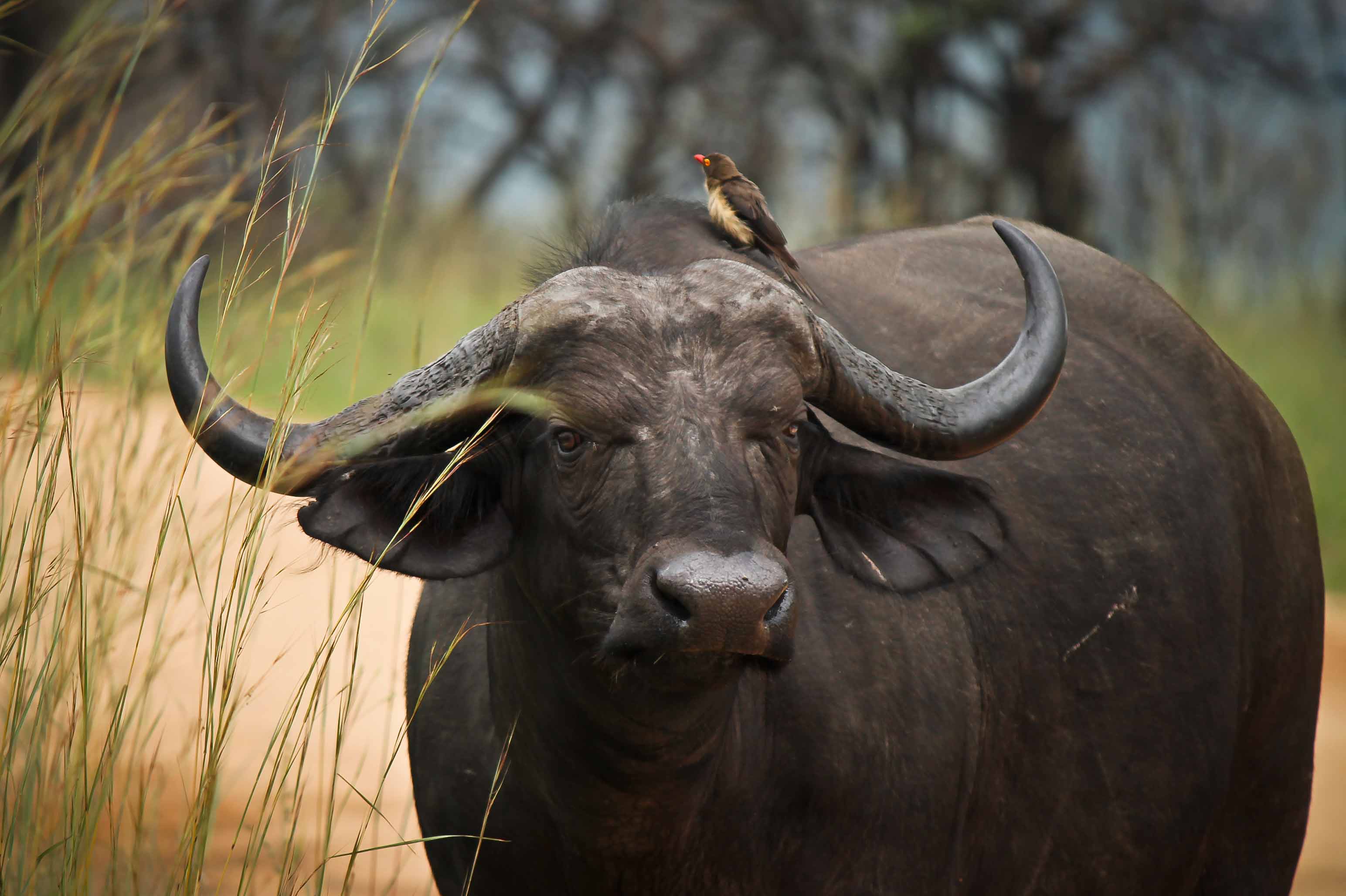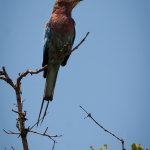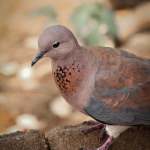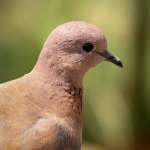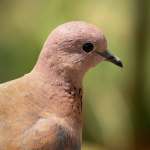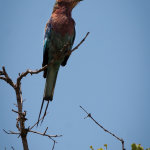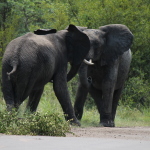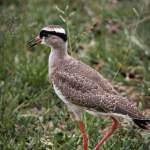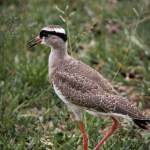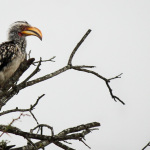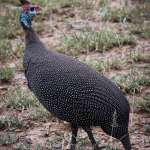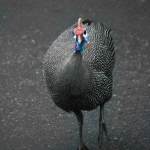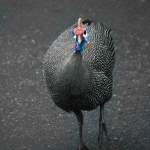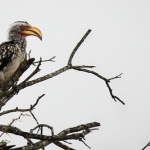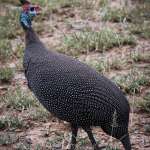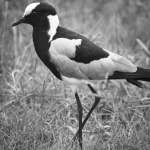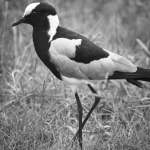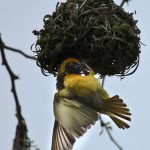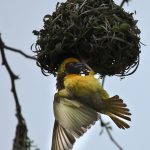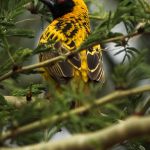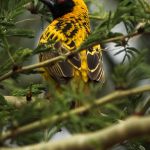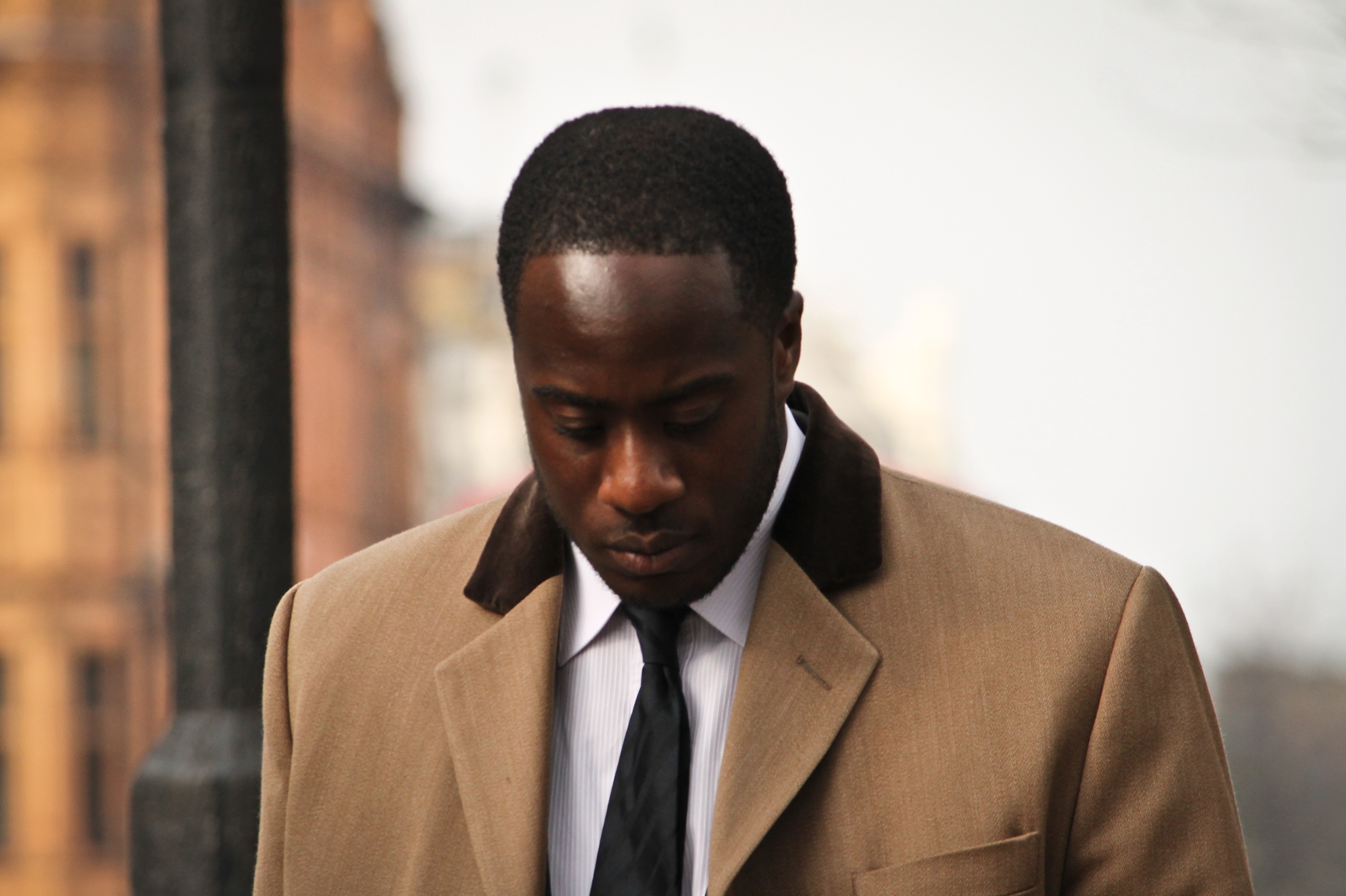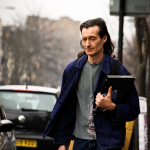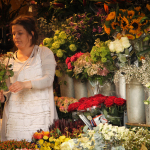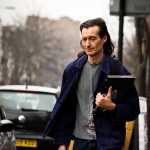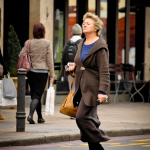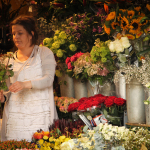Last night there was a storm. A true storm. A strong storm, the kind where the lightning illuminates your kitchen along with the whipping sheets of rain.
We don’t get those much in California, and my Twitterfeed exploded with reactions. Several people said they heard applause coming from other apartments. Some got caught in the rain. Violent weather makes you grateful for the shelter that divides you from the sublime. It also forces you to try—and fail—to imagine the direct encounter.
So you think of King Lear. And of other people—fugitives, say—who once overused their power, trusting their unearned immunity from reprisals.
[slideshow]
I’d forgotten that Lear’s famous storm scene happened on a heath. Prior to this recent trip to England, all I imagined when I heard the word Heath was Wuthering Heights and the moors from The Secret Garden. Heaths and cliffs were the wilds of nature where passion ran rampant.
Two weeks ago, I finally saw a heath—Hampstead Heath. I saw it on a golden afternoon, away from my own country’s ravages and bizarre storms, during a week when even England was mystified by its unprecedented sunny warmth.

It was the essence of pastoral, all gentle greens and gorgeous rolling hills.
The walk to the Heath started off symbolically. Our host had suggested we walk from her place in Hornsey along a railroad track that had been turned into a wooded path until we got back into town, and then suddenly, there the heath would be.
We didn’t completely understand the instructions, but we set off anyway. We found the railroad track, where even the trees performed the harmony between nature and industry:

When the woods ended, we arrived, as promised, at another part of London. Here, too, the walk was unaccountably accommodating. Here, the streets on the way to the Heath said, take a rest. Have a seat!

The streets and houses arrayed themselves in attractive rows:

And then things got green.


Two people sat under a tree.

Two trees sat next to a lake.

Afternoon melted into evening, and all the tiny people on the heath lined up on the horizon and became silhouettes. One was a dog. One flew a kite.

It’s as hard to imagine this as the site of Lear’s confrontation with the elements as it is to imagine being out on a night when you’re in. I was conscious, on this walk to a heath that violated all my notions of heath-hood, that my image of England—which had been grey when it wasn’t wild—was now pathologically skewed toward an impossible ideal. I didn’t live there. I hadn’t met the bad parts. All I saw was that the streets of London proffered velvet chairs. And the heath spread out in a bucolic fever dream of reflective waters and bridges and idyllic benches.
It’s the lunatic perfection of Hampstead Heath that convinces me, if only in the abstract, that Lear’s heath is there too. And there, like here, where the thunder shatters the windows in a fit of strange weather, the going—for those outside the magical brackets of windows and trips—shall be used with feet.
